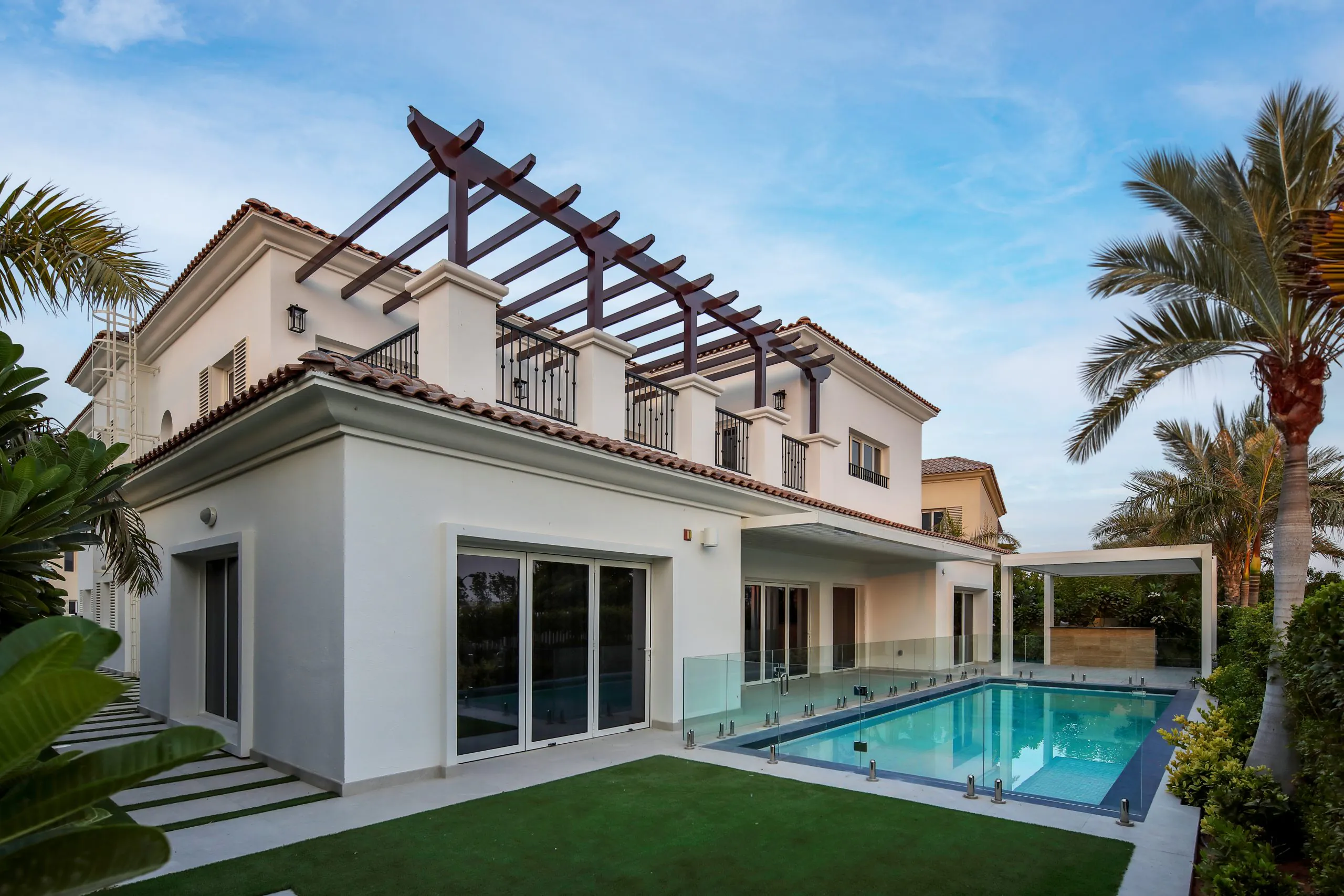
Textures are important in interior design, contributing to the overall aesthetic and tactile experience of a space. While color, furniture, and layout are essential elements, textures can elevate a design, adding depth, warmth, and interest. Understanding the significance of textures can help interior design companies create a more inviting and harmonious environment.
Adding depth and dimension:
One of the primary functions of texture in interior design is to create depth and dimension within a space. A flat, monochromatic design can often feel one-dimensional and uninviting. By incorporating a variety of textures—such as smooth glass, rough wood, soft fabrics, and sleek metals—you can create visual layers that improve the overall design. For instance, pairing a plush velvet sofa with a rustic wooden coffee table adds interest and also creates a vigorous contrast that draws the eye.
Improving comfort and warmth:
Textures contribute significantly to the comfort level of a room. Soft, tactile materials like plush rugs, woven throws, and cushioned furniture invite people to relax and enjoy the space. In contrast, hard, cold surfaces may feel unwelcoming. By layering different textures, you can create a warm and cozy atmosphere that encourages relaxation. For example, combining a soft wool blanket with a leather armchair can provide both comfort and style, making the space feel inviting.
Creating a sensory experience:
Incorporating various textures stimulates the senses, making a space more engaging and memorable. The tactile quality of materials can evoke emotions and create a connection with the environment. For example, a smooth marble countertop offers a luxurious feel, while a distressed wood table brings a sense of warmth and history. By thoughtfully selecting and combining textures, you can create an interior that resonates on multiple sensory levels, improving the overall experience for occupants.
Defining spaces:
Textures can also help define different areas within an open-concept layout. Using varying textures can create visual boundaries without the need for physical dividers. For instance, a textured area rug can delineate a living area from a dining space, while different wall finishes can separate distinct functional areas. This approach allows for a cohesive flow while providing subtle distinctions between spaces.
Supporting design themes:
Different textures can reinforce specific design themes or styles. For example, a coastal design may incorporate soft linens, natural woods, and woven elements to evoke a sense of serenity and relaxation. In contrast, a modern industrial style might feature raw metals, exposed concrete, and sleek leather to create a more edgy atmosphere. By aligning textures with your chosen theme, you can improve the overall aesthetic and create a harmonious environment.

